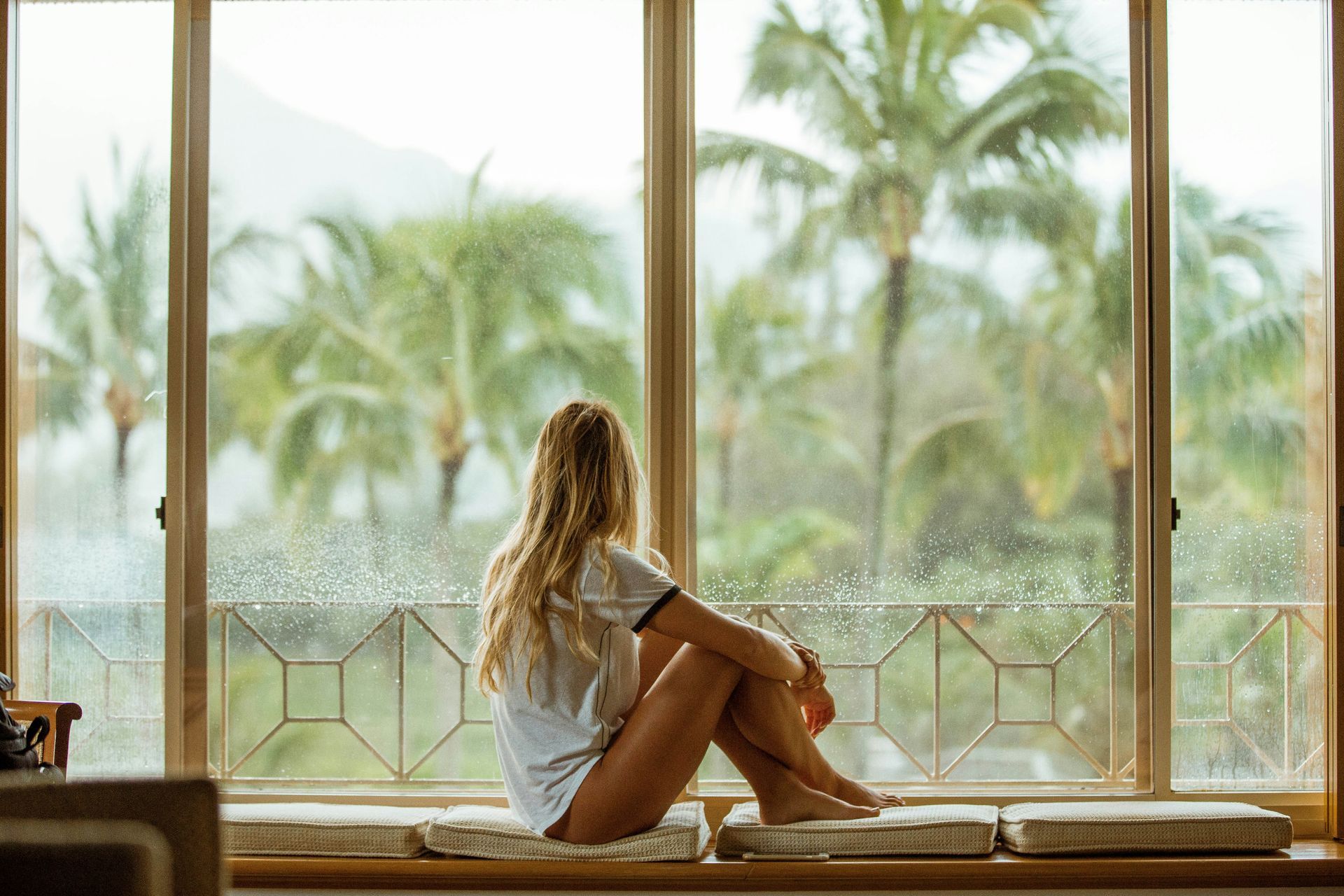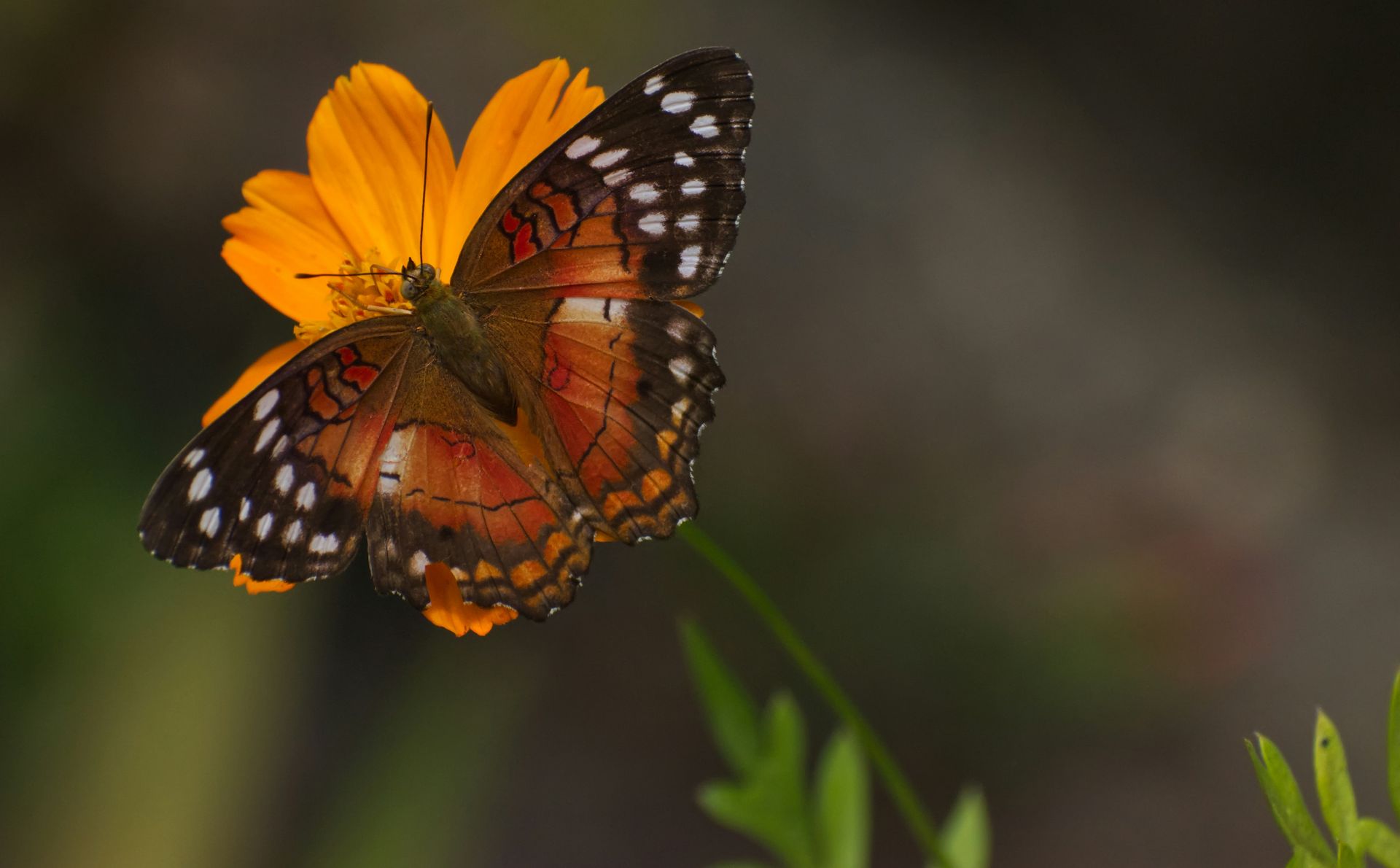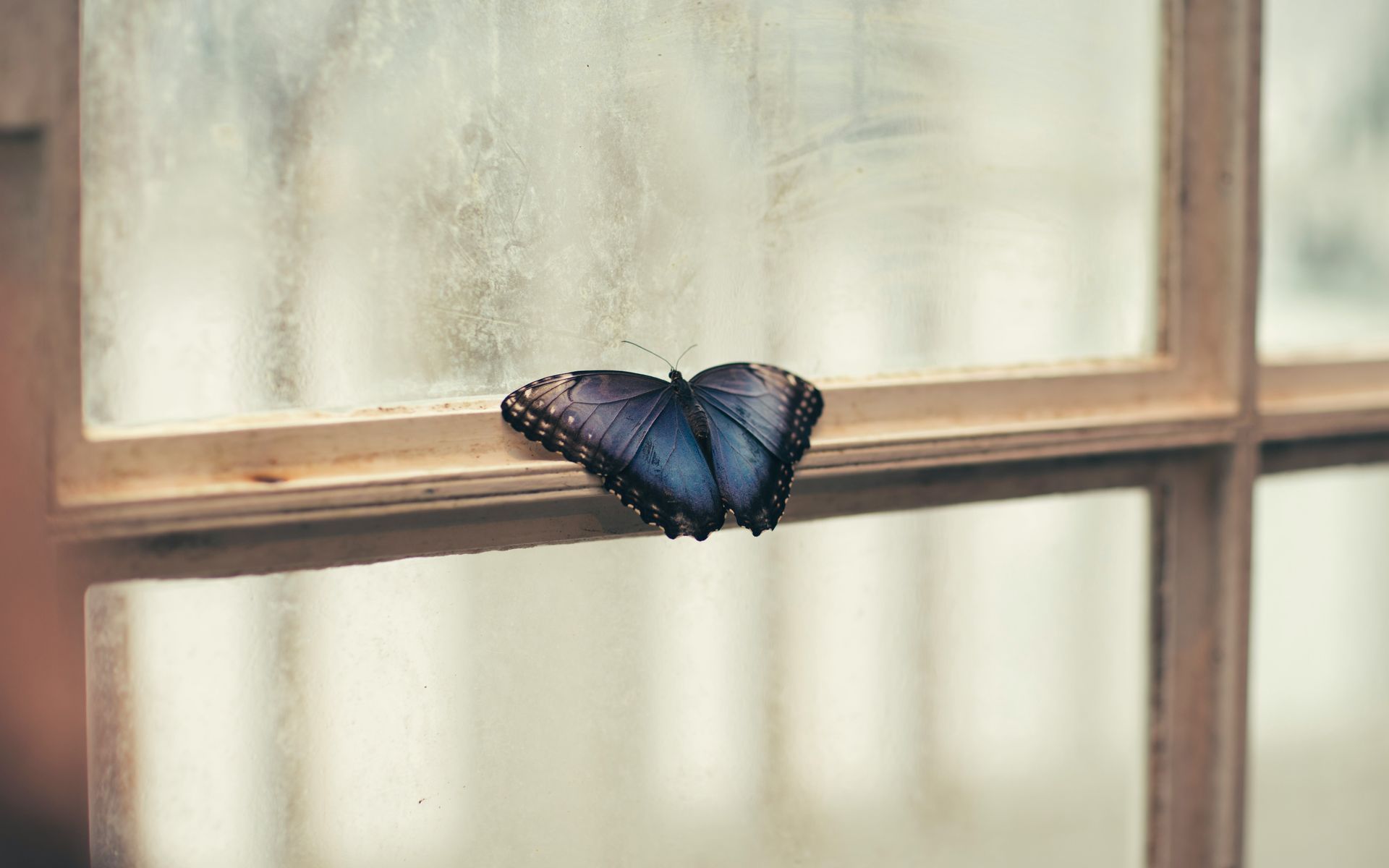How To Start A Meditation Practice
Have you ever thought about beginning a meditation practice, but are not quite sure where to start? It may seem a bit overwhelming at first, but it does not have to be. Here are some tips and suggestions that may help guide you in building your daily or weekly meditation practice. Ultimately, you will want to do some experimenting to see what works best for you, your lifestyle, and your routine.
Start with meditating for just one minute. Then gradually build from there. Once one minute of meditation feels comfortable, add on another minute. Keep repeating these steps. Eventually, you will find yourself wanting to meditate for longer and longer periods of time.
Pick a time or times of day for meditation. Do you want to meditate in the morning to help set the tone as well as prepare your mind and body for the day? Do you want to meditate in the afternoon to help boost your energy level, concentration, and productivity to beat the afternoon slump? Or do you want to meditate in the evening right before bed to help you unwind and relax for a better night’s sleep? Choose a time that would be most practical and beneficial for your daily routine. Try to meditate around the same time each session, as being consistent will help you maintain this practice.
Start with meditating for just one day a week. If meditating every day seems too daunting at first, start with just once a week. Similarly to the first tip, slowly build this practice for yourself. Meet yourself where you are at in this current moment in time and be honest and realistic with yourself on what is reasonable. It is better to make slow and steady progress then inconsistent progress or no progress at all.
Track your progress. Whether you use a tracking app or note it down on your calendar, it is helpful to document your meditation progress. Research has shown that it takes on average about sixty-six days or at least two months to form a new habit.
Create a sacred space. Find a quiet space where you will not be disturbed. Creating a dedicated space for meditation can make this process easier as well as more fun and enjoyable.
Find a comfortable position. You can meditate either sitting down or lying down in a position that feels most comfortable for you. You can sit upright in a chair with feet flat on the floor or sit on the floor or a floor pillow in positions, such as criss cross, half lotus, or full lotus. When sitting, hands can rest in your lap or on your knees. Depending on what it is that you need that day, palms can face down to help you ground your energy or face up to receive information from as well as open, surrendering, and giving to the Universe. You can lie down on your back or on your side. When lying down, hands can rest by your sides. With all positions, you can also place one hand on your heart space and the other on your belly.
Use pillows and/or blankets. You can use props, such as pillows and blankets, to help make your meditation practice more comfortable and cozy. Blankets may come in handy as you may find your body temperature might fluctuate and decrease during meditation.
Focus on your breath. As you meditate, try to bring your attention and focus to your breath. The simple practice of repeatedly returning to the sounds and sensations of your breath can help to clear and reset your mind. In this way, you are using your breath as an anchor to help you ground and root yourself into your meditation practice.
Pair with a mantra. You may find that using a mantra with your meditation practice can be helpful, especially if you find your mind wandering. To find a mantra for your meditation session, think about what your intention for the session is. For example, if you are trying to practice letting go, a mantra could be “I gently release my need for control.”
Incorporate sounds. You can choose to sit in silence or incorporate music or other sounds to your meditation practice (or a mix of both). Some relaxing sounds can be nature sounds, such as ocean waves, waterfalls, or rain, and singing bowls, just to name a few. You can also choose to use guided meditations. There are many free guided meditations on Youtube and apps, such as Calm and Headspace.
Incorporate aromatherapy. You can choose to incorporate aromatherapy into your meditation practice as well. You can use aromatherapy oils, a diffuser, light a candle, some incense, palo santo, or sage.
Be open to the experience. Meditation is not about having an empty mind and no thoughts. Thoughts are bound to and will arise. When they do, just simply acknowledge them and gently let them float away, like clouds floating in the sky.
It is okay if you miss a day. Research has shown that “missing a single day did not reduce the chance of forming a habit.” As long as you practice consistently, you will make progress in building your meditation practice and habit.
Becoming aware. As you progress on your meditation journey and cultivate your practice, you will begin to notice subtle differences in your mind and body. Note the difference between the days you fall off your meditation practice or forget to meditate compared to the days that you carve out time to meditate. It just might surprise you.
Sources:
https://psychcentral.com/blog/need-to-form-a-new-habit-66-days
Written by Ashley Lai, MSW, LSW, Clinician at Presence of Mind Therapy
The post How To Start A Meditation Practice appeared first on Presence Of Mind Therapy.






















Share On: